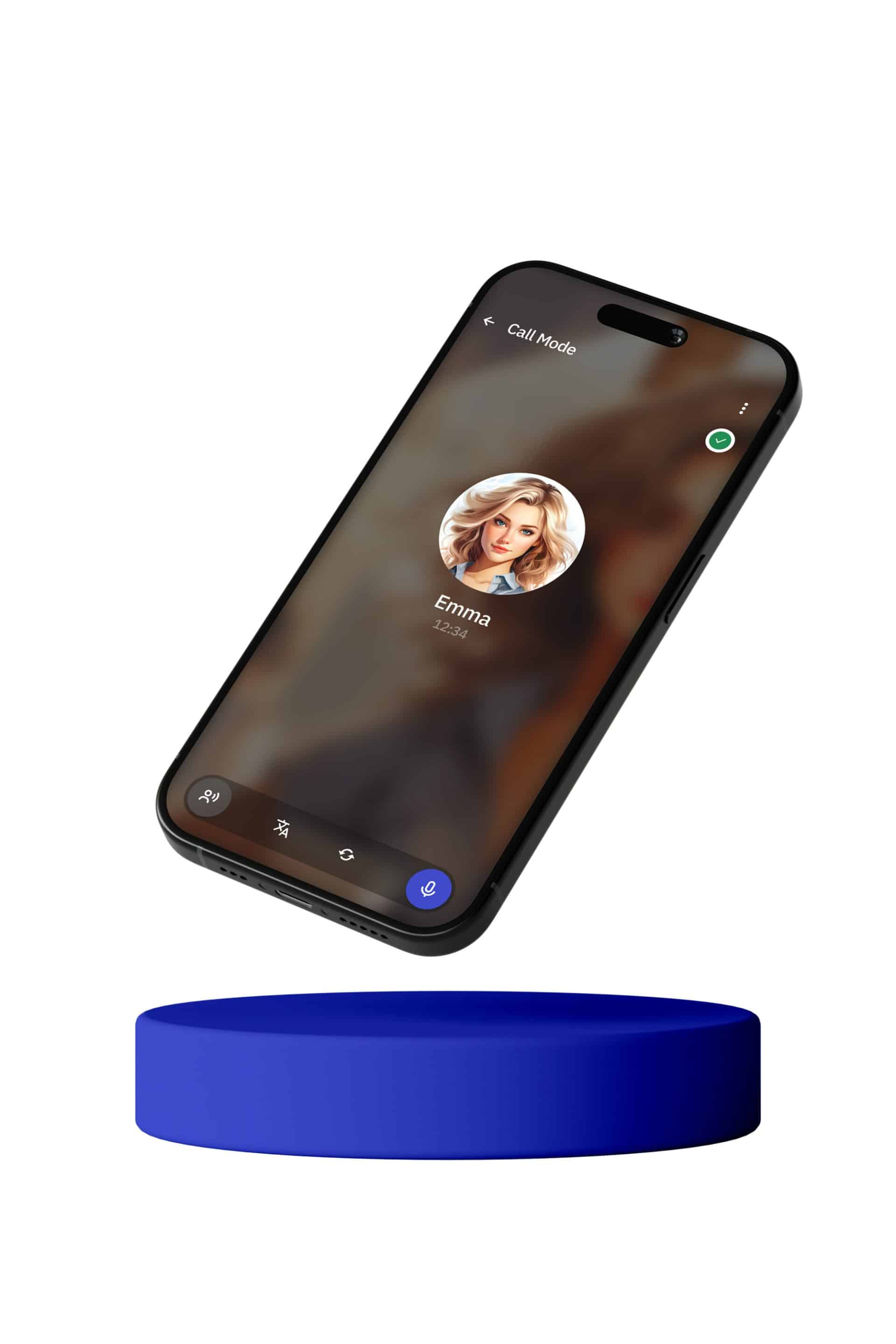Learning Japanese can be an exhilarating journey, filled with unique linguistic structures and cultural nuances. One of the essential components of mastering Japanese is understanding how to ask questions. In this article, we’ll delve into one of the most crucial particles used for forming questions in Japanese: the particle か (ka). This particle is pivotal in transforming statements into questions, enabling you to engage in meaningful conversations.
The Basics of か (ka)
In Japanese, the particle か is used at the end of a sentence to indicate that the sentence is a question. Unlike English, which relies on changes in word order and intonation to differentiate between statements and questions, Japanese often keeps the word order the same and uses か to signal a question. For example:
– これは本です。 (Kore wa hon desu.) – This is a book.
– これは本ですか。 (Kore wa hon desu ka?) – Is this a book?
As you can see, the only difference between the statement and the question is the addition of か at the end of the sentence. It’s a simple but powerful tool that can significantly expand your conversational abilities.
Yes/No Questions
The most straightforward application of か is in forming yes/no questions. This involves appending か to a declarative sentence. Here are a few examples:
– あなたは学生です。 (Anata wa gakusei desu.) – You are a student.
– あなたは学生ですか。 (Anata wa gakusei desu ka?) – Are you a student?
– 彼は先生です。 (Kare wa sensei desu.) – He is a teacher.
– 彼は先生ですか。 (Kare wa sensei desu ka?) – Is he a teacher?
Notice that the structure of the sentence remains unchanged; only か is added to convert the statement into a question.
Question Words and か
While yes/no questions are straightforward, questions that require more detailed answers often use question words (who, what, where, when, why, how) along with か. In Japanese, these question words are:
– だれ (dare) – who
– 何 (nani) – what
– どこ (doko) – where
– いつ (itsu) – when
– なぜ (naze) – why
– どう (dou) – how
Let’s look at how these question words are used with か:
– だれが来ますか。 (Dare ga kimasu ka?) – Who is coming?
– 何を食べますか。 (Nani o tabemasu ka?) – What are you eating?
– どこに行きますか。 (Doko ni ikimasu ka?) – Where are you going?
– いつ始まりますか。 (Itsu hajimarimasu ka?) – When does it start?
– なぜ泣いていますか。 (Naze naiteimasu ka?) – Why are you crying?
– どうやって行きますか。 (Dou yatte ikimasu ka?) – How do you go?
Again, the structure of the sentence remains mostly intact, with the question word placed at the appropriate position and か appended at the end.
Embedded Questions
In more complex sentences, you might encounter embedded questions. These are questions within statements or other questions. In such cases, か is used to mark the embedded question. Here’s how it works:
– 彼がどこに行ったか知りません。 (Kare ga doko ni itta ka shirimasen.) – I don’t know where he went.
– 何を買うか決めていません。 (Nani o kau ka kimeteimasen.) – I haven’t decided what to buy.
In these examples, the embedded questions “where he went” and “what to buy” are marked by か, while the main sentence continues.
Nuances and Politeness
Japanese is a language rich in levels of politeness and formality. The usage of か can also reflect different levels of politeness. In casual conversations, especially among friends or family, the particle の (no) is often used instead of か to form questions. For instance:
– 何を食べるの? (Nani o taberu no?) – What are you eating? (informal)
– どこに行くの? (Doko ni iku no?) – Where are you going? (informal)
In extremely informal settings, questions might even be asked without any particle, relying solely on intonation to indicate that a question is being asked:
– 今日来る? (Kyou kuru?) – Are you coming today? (very informal)
However, in formal or polite contexts, especially in business or with people you are not familiar with, using か is the norm:
– 何を食べますか。 (Nani o tabemasu ka?) – What are you eating? (polite)
– どこに行きますか。 (Doko ni ikimasu ka?) – Where are you going? (polite)
Rising Intonation
While か is a clear indicator of a question in written Japanese, in spoken Japanese, intonation plays a crucial role. When asking a question, the intonation typically rises at the end of the sentence. This rising intonation can sometimes make it clear that a question is being asked, even if か is omitted, especially in informal speech.
– 行く? (Iku?) – Are you going?
– 本当? (Hontou?) – Really?
Nevertheless, for learners, it’s safer to use か until you’re comfortable with the nuances of intonation in Japanese.
Question Tags
In English, question tags like “isn’t it?” or “right?” are often used to confirm information. Japanese has a similar structure using でしょう (deshou) or だろう (darou), which can also be combined with か to form a question tag. Here’s how it works:
– これは簡単でしょうか。 (Kore wa kantan deshou ka?) – This is easy, isn’t it?
– 明日行くだろうか。 (Ashita iku darou ka?) – We’ll go tomorrow, right?
In these cases, でしょう and だろう add a layer of confirmation or seeking agreement, and か turns it into a question.
Common Mistakes and Tips
As with learning any language, mistakes are part of the process. Here are some common mistakes learners make with か and tips to avoid them:
Omitting か in Written Japanese
It’s easy to overlook the importance of か in written Japanese, especially when translating directly from English. Always remember to include か at the end of a question in written form to avoid confusion.
Using か in Informal Contexts
While it’s good practice to use か when starting out, be aware that it can sound overly formal in casual settings. Pay attention to how native speakers around you ask questions and adjust your usage of か accordingly.
Intonation in Spoken Japanese
Even when using か, don’t forget the importance of intonation in spoken Japanese. Practice listening to native speakers and mimic their intonation to sound more natural.
Overusing か with Question Words
In some cases, learners tend to overuse か with question words in embedded questions. Remember that in embedded questions within statements, か is used once to mark the question part, and it doesn’t need to be repeated.
Practice Makes Perfect
The best way to master the usage of か is through consistent practice. Here are a few practice exercises to help you get started:
Exercise 1: Transform Statements into Questions
Convert the following statements into questions by adding か:
1. これはペンです。 (Kore wa pen desu.) – This is a pen.
2. あなたは日本人です。 (Anata wa Nihonjin desu.) – You are Japanese.
3. 彼は医者です。 (Kare wa isha desu.) – He is a doctor.
Answers:
1. これはペンですか。 (Kore wa pen desu ka?) – Is this a pen?
2. あなたは日本人ですか。 (Anata wa Nihonjin desu ka?) – Are you Japanese?
3. 彼は医者ですか。 (Kare wa isha desu ka?) – Is he a doctor?
Exercise 2: Create Questions with Question Words
Formulate questions using the appropriate question words and か:
1. (Who) is coming to the party?
2. (What) are you doing?
3. (Where) is the station?
4. (When) is the meeting?
5. (Why) are you late?
6. (How) do you make this dish?
Answers:
1. だれがパーティーに来ますか。 (Dare ga paatii ni kimasu ka?) – Who is coming to the party?
2. 何をしていますか。 (Nani o shiteimasu ka?) – What are you doing?
3. 駅はどこですか。 (Eki wa doko desu ka?) – Where is the station?
4. 会議はいつですか。 (Kaigi wa itsu desu ka?) – When is the meeting?
5. なぜ遅れましたか。 (Naze okuremashita ka?) – Why are you late?
6. どうやってこの料理を作りますか。 (Dou yatte kono ryouri o tsukurimasu ka?) – How do you make this dish?
Exercise 3: Embedded Questions
Create sentences with embedded questions using か:
1. I don’t know (what) he said.
2. Please tell me (when) she will arrive.
3. I’m not sure (where) they went.
Answers:
1. 彼が何を言ったか知りません。 (Kare ga nani o itta ka shirimasen.) – I don’t know what he said.
2. 彼女がいつ到着するか教えてください。 (Kanojo ga itsu touchaku suru ka oshiete kudasai.) – Please tell me when she will arrive.
3. 彼らがどこに行ったか分かりません。 (Karera ga doko ni itta ka wakarimasen.) – I’m not sure where they went.
Conclusion
Understanding and using the particle か is fundamental to mastering Japanese questions. By practicing its usage in various contexts—yes/no questions, detailed questions with question words, and embedded questions—you can significantly improve your Japanese conversational skills. Remember to pay attention to the nuances of politeness and intonation, as these will help you sound more natural and fluent. Keep practicing, and you’ll find that forming questions in Japanese becomes second nature. Happy learning!







